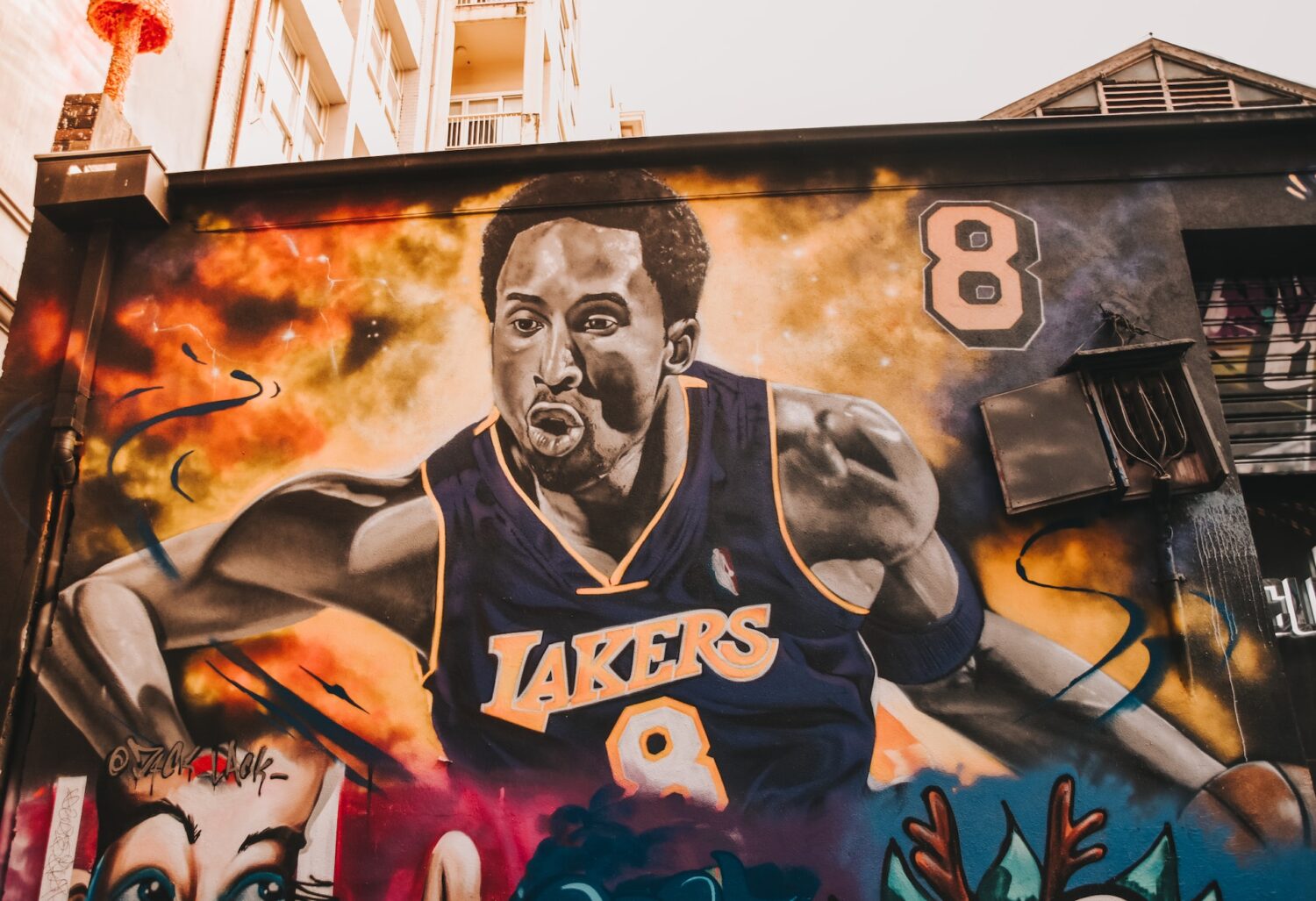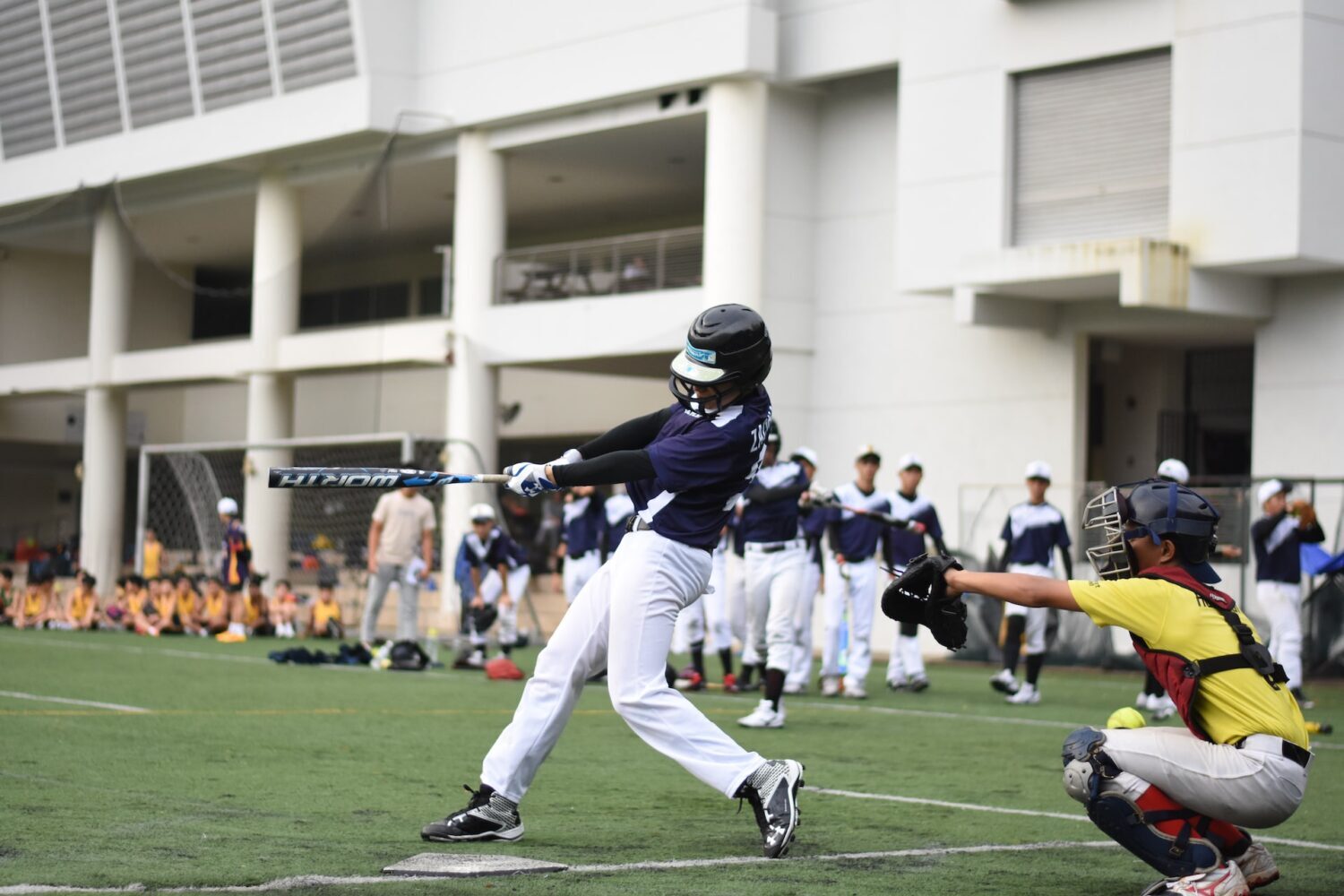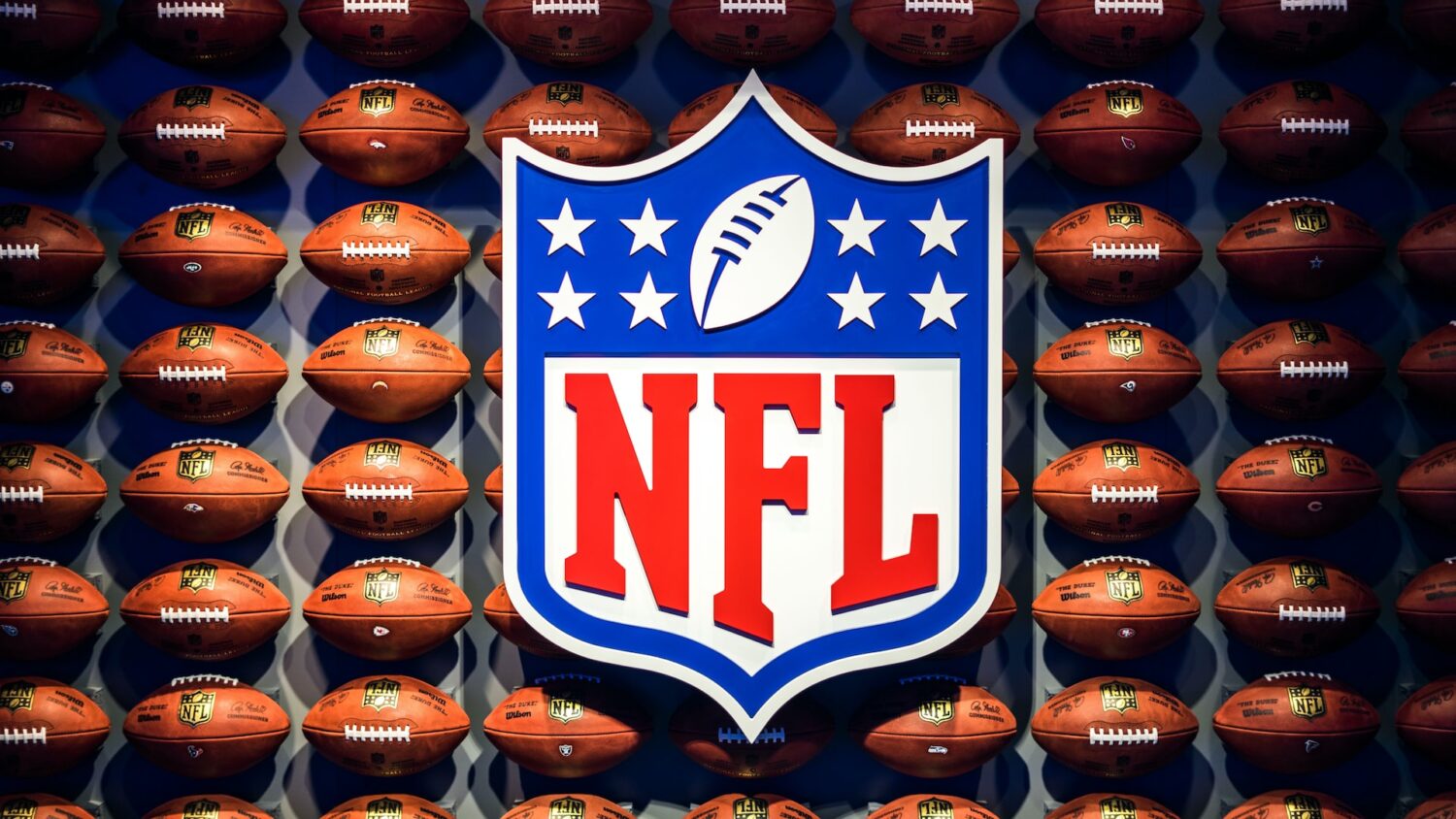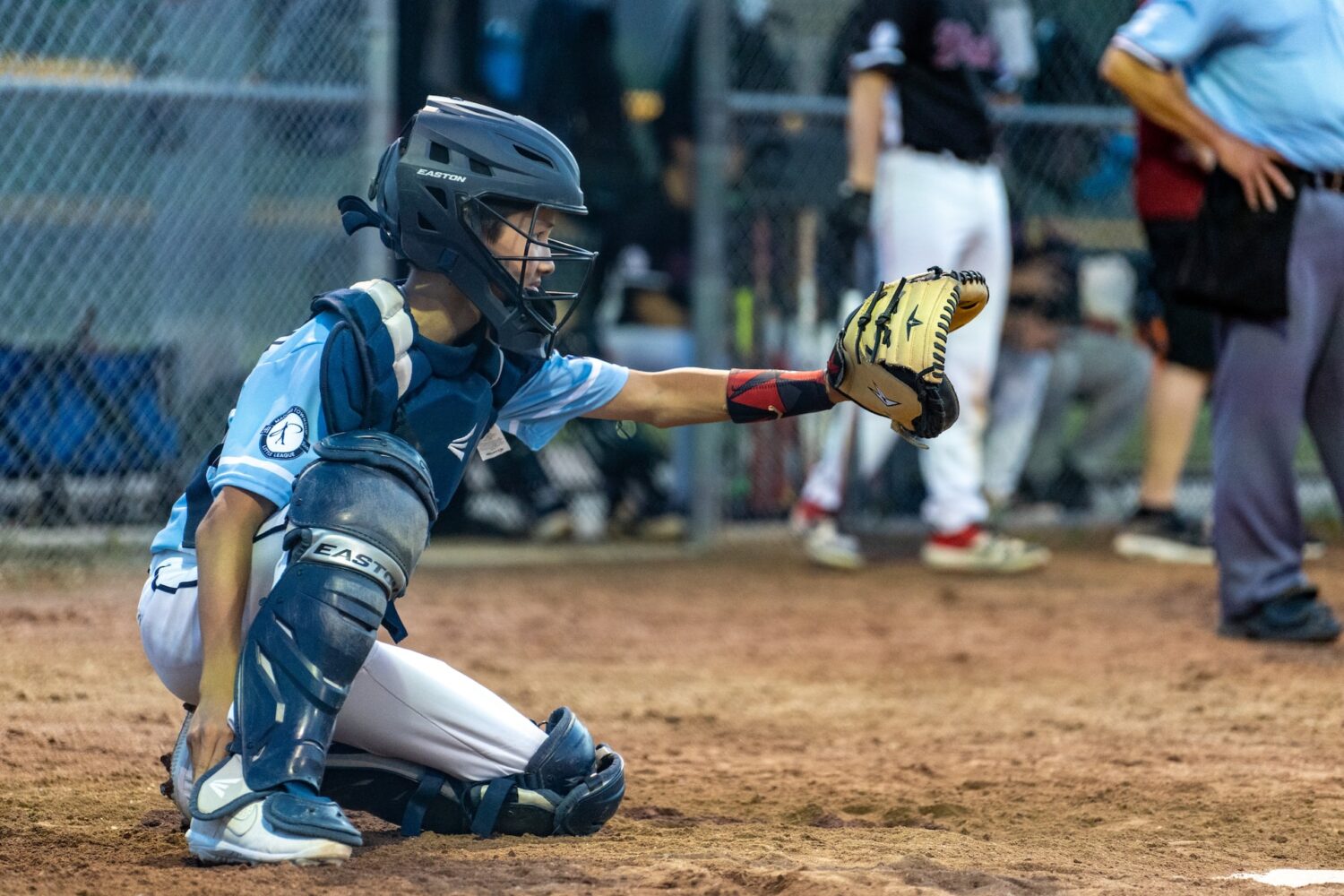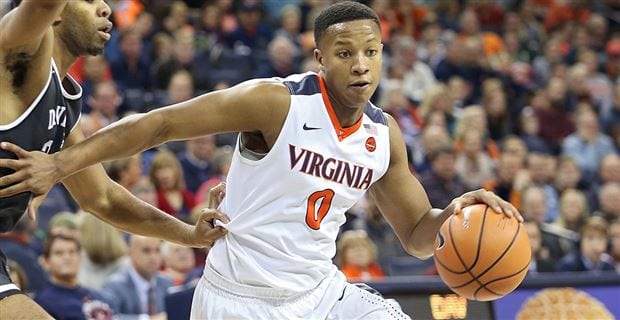
After being left out of top-25 rankings altogether to start the season, the Virginia Cavaliers are now 1st in the AP Poll. It’s not a 2016-17 Baylor blip on the radar, either. Virginia jumped into the rankings in week four, moving from unranked straight to 18th, climbed steadily throughout the season, and have now been in the top spot for two weeks running (with a chance at running the table in the regular season).
The question with Virginia isn’t whether or not they deserve the top spot. It’s why any of us are surprised they got there. Under Tony Bennett, Virginia has been one of the most consistently excellent programs in the country. The Cavaliers won regular season ACC titles in 2014 and 2015, and have earned 1, 2, 1, and 5 seeds in the last four NCAA tournaments. Over that four-year span, Virginia has compiled a 112-30 record; it’s 137-32 if we count what they’ve done so far this season.
Those are pretty unassailable numbers, and ought to have had Virginia ranked in the preseason despite a mildly disappointing 2016-17 campaign and the loss of long-time point guard London Perrantes. By this point, Virginia ought to be among the few programs in the country that are simply trusted to perform until they don’t.
Even aside from that standard, it wasn’t exactly a stretch to rank the Cavaliers. Bennett is starting two seniors (Devon Hall and Isaiah Wilkins), the junior mini-version of Isaac Haas (Jack Salt), and a backcourt comprised of two ESPN top-50 sophomores (Kyle Guy and Ty Jerome) who have been absolutely terrific. Granted, it’s not exactly a preseason number one roster – but under Bennett, with this program’s level of consistency, it was enough to have them ranked.
Now that Virginia has again proven everybody wrong though, it’s time to wonder if things will actually turn out differently this time. Despite the aforementioned successes of the past four seasons, Virginia has yet to get past the Elite Eight this decade, and has only gotten that far once. The last four seasons in which Virginia has won two ACC titles, recorded a .789 win percentage, and averaged roughly a 2-seed in March have yielded only seven combined NCAA Tournament wins. (Now feels like a good time to point out the obvious: you need six in one tournament to win a title.)
It’s easy to imagine people in the NCAA community, all of whom seem to respect Bennett and the Virginia program, arguing that this is just how it goes sometimes. Plenty of great coaches have had to knock on the door for a while before finally breaking it down. But Virginia doesn’t have the luxury of, say, a Duke, North Carolina, Kansas, or Kentucky, each of which can lose early one March and be expected in the Final Four the next. The modern Cavaliers have yet to prove they can make the deep run, and no matter how spectacularly they play during the regular season, there will be those skeptical of their ability to make a deep run.
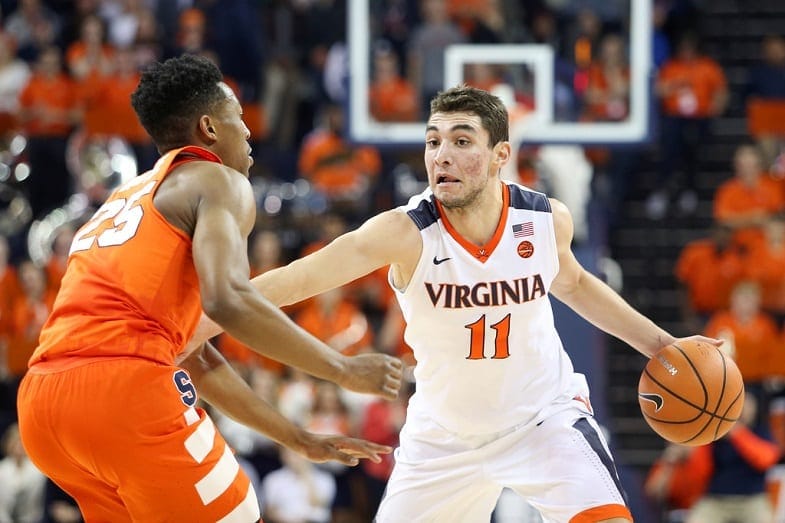
So to address those skeptics preemptively: is Virginia any different in 2017-18?
In some cases the implication behind this question is going to be that Virginia probably still doesn’t have enough offense to balance out its ridiculous defense come March. During the last four years when Virginia has been particularly good, it has struggled mightily to put up points in the NCAA Tournament. In the games in which it’s been eliminated, it has averaged just 53.5 points – an average brought down in particular by a shocking 39-point effort in last year’s second round loss to Florida. You’re just not going to get much further than the Cavaliers have been getting with that kind of offense.
Unless, that is, you have the best defense ever measured. Virginia can’t quite make that claim definitively, but they can come closer than you might realize. As of this writing, the Cavaliers’ defensive efficiency rating at Kenpom.com is 83.9 – the best ever measured on the site, which has data going back to the 2001-2002 season. And in fact, no one in that 17-year span has even come within a point. The next closest is Memphis in 2008-09 with an 84.2 rating, and the average of the top defensive teams in the 16 seasons prior to this one was 86.2. It really is an historically great defense at Virginia this year, and maybe that’s enough to make a few rounds’ difference in the tournament.
But there’s also a subtle difference on the offensive end this year. Typically over the last several years Virginia has relied upon one or two shooters and one undersized big man for the bulk of its scoring. This is about what it’s looked like, with the shooters’ three-point percentages included:
- 2013-14: Malcolm Brogdon (37%), Joe Harris (40%) and Anthony Gill scored 33.3 of UVA’s 67.4 ppg.
- 2014-15: Malcolm Brogdon (34.4%), Justin Anderson (45.2%), and Anthony Gill scored 37.8 of UVA’s 62.2 ppg.
- 2015-16: Malcolm Brogdon (39.1%), Anthony Gill, and London Perrantes (48.8%) scored 43.0 of UVA’s 67.4 ppg.
- 2016-17: London Perrantes (37.4%), Marial Shayok (32.8%), Devon Hall (37.2%), and Kyle Guy (49.5%) scored 38.4 of UVA’s 66.1 ppg
- 2017-18: Kyle Guy (39.2%), Devon Hall (45.3%), and Ty Jerome (39.7%) are scoring 36.9 of UVA’s 67.6 ppg
The formula throughout power forward Anthony Gill’s time in college was that he and two strong shooting guards would account for a little more than half of Virginia’s (typically low) scoring output. In 2016-17 things changed without a scoring big man on the roster. Four guards shooting a combined 39.2% from three scored 38.4 of Virginia’s 66.1 points per game (or roughly 58% of the points).
This year has shown essentially a more efficient evolution of the 2016-17 formula. This time around Bennett is relying on only three guards shooting a combined 40.9% from three to score, so far, exactly 54% of the Cavaliers’ points. These three guards – Guy, Hall, and Jerome – are doing essentially the same exact thing that four did a year ago, and doing it more efficiently. While the two groups of players posted very similar three-point percentages, the 2016-17 group had a weak link in Shayok (who was an excellent player – just not as strong a pure shooter). The current group has three guys shooting above 38% from behind the arc.
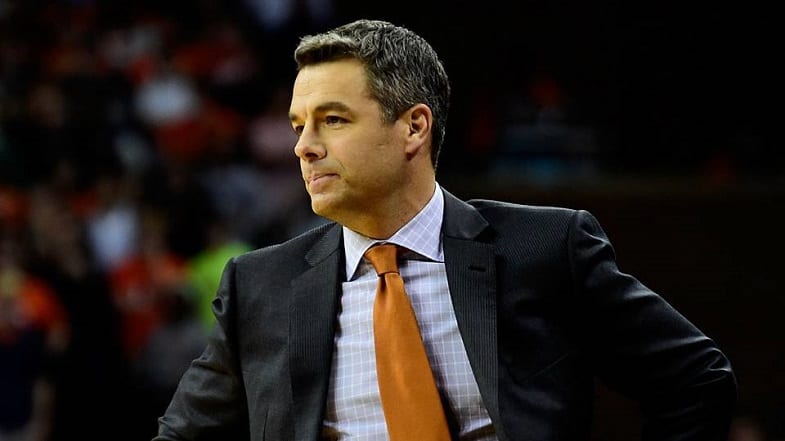
By no means does this indicate that Tony Bennett suddenly has an offensive juggernaut on his hands – he absolutely doesn’t. But he does have a different offense – one that gets great shooting from three guards instead of two, and one in which three guys are carrying, by last year’s standard, a four-man load. Come March, this might just mean there’s one more opportunity for a shooter to spark the team than there has been, or a little more space for a role player to make a sort of bonus contribution.
None of this is enough to say Virginia is definitively better than it has been in recent seasons. And in fact the team almost looks a little less talented without a star like Harris, Brogdon, Anderson or Perrantes. But at least by the measures above, this looks to be the best version of the Tony Bennett program. The defense is the best it’s been, and the offense is the most balanced. It is all a little bit different.
Whether that difference adds up to a deeper run in March, we’ll find out soon enough.



